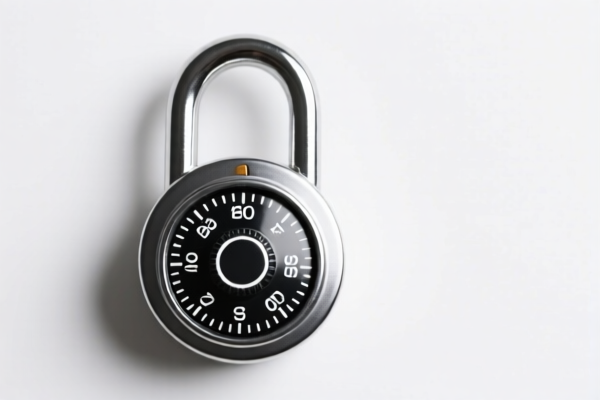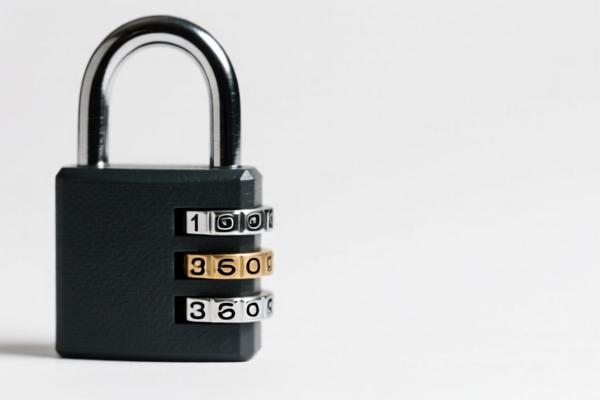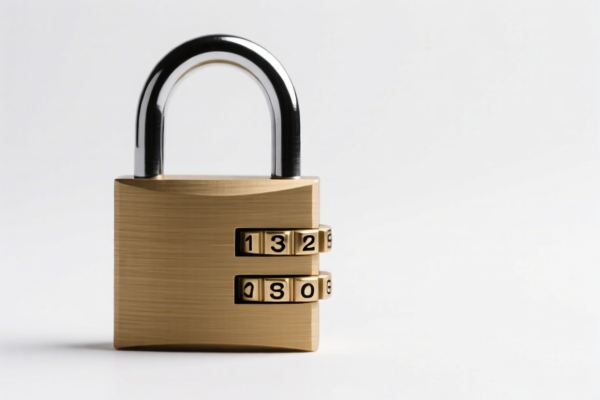| HS Code | Official Doc | Tariff Rate | Origin | Destination | Effective Date |
|---|---|---|---|---|---|
| 8301300060 | Doc | 43.2% | CN | US | 2025-05-12 |
| 8301300090 | Doc | 43.2% | CN | US | 2025-05-12 |
| 8304000000 | Doc | 33.9% | CN | US | 2025-05-12 |
| 8304000000 | Doc | 33.9% | CN | US | 2025-05-12 |
| 7419801500 | Doc | 58.0% | CN | US | 2025-05-12 |
| 7419801700 | Doc | 58.0% | CN | US | 2025-05-12 |
| 7415390000 | Doc | 58.0% | CN | US | 2025-05-12 |
| 7415290000 | Doc | 58.0% | CN | US | 2025-05-12 |




Password Drawer Lock
A password drawer lock is a security device used to restrict access to the contents of drawers, cabinets, or other storage spaces, utilizing a numerical code for operation. It offers a layer of protection beyond traditional keyed locks, often employed for sensitive items or environments requiring controlled access.
Material
These locks are commonly constructed from:
- Metal Alloys: Zinc alloy, steel, and aluminum are prevalent due to their durability and resistance to tampering. Stainless steel is used in environments requiring corrosion resistance.
- Plastic: ABS plastic or other robust polymers are utilized for housings and certain internal components, particularly in lower-cost models or where weight reduction is desired.
- Electronic Components: Digital models incorporate microchips, buttons, displays, and batteries.
Purpose
The primary purpose of a password drawer lock is to:
- Deter Theft: Discourage unauthorized access to valuables, confidential documents, or restricted items.
- Control Access: Limit access to specific individuals or authorized personnel who know the correct code.
- Enhance Security: Provide a more secure alternative to standard locks, especially in environments with high security needs.
- Privacy: Protect personal belongings or sensitive information from unwanted viewing or handling.
Function
Password drawer locks operate based on the following principles:
- Numerical Code Input: Users enter a pre-set numerical code using buttons or a dial.
- Electronic or Mechanical Activation: Upon correct code entry, an internal mechanism unlocks the drawer or cabinet. Electronic locks use a solenoid or motor; mechanical locks use a cam or lever system.
- Locking Mechanism: After a period of inactivity or manual activation, the lock re-engages, securing the drawer.
- Override Options: Some models include key overrides for emergency access or when the code is forgotten.
- Power Source: Electronic locks require batteries or a wired power connection.
Usage Scenarios
- Offices: Securing filing cabinets, desk drawers containing sensitive documents, or supply cabinets.
- Homes: Protecting personal belongings, medications, or valuables in bedrooms, bathrooms, or home offices.
- Retail: Controlling access to cash drawers, inventory, or restricted merchandise.
- Laboratories: Securing chemicals, samples, or sensitive equipment.
- Healthcare: Protecting patient records, medications, or controlled substances.
- Schools: Securing teacher supplies, confidential documents, or valuable equipment.
Common Types
- Digital Combination Locks: Utilize a numerical keypad for code entry. Offer features like multiple user codes, audit trails, and time-delay functionality.
- Mechanical Combination Locks: Employ a dial or rotating rings to set a combination code. Generally more reliable in power outages but can be slower to operate.
- Push-Button Locks: Feature a series of buttons representing a specific code sequence. Often used in simpler applications.
- Smart Locks: Integrate with smartphone apps or other smart home systems, allowing remote access control and monitoring.
- Retrofit Locks: Designed to replace existing drawer pulls or knobs without requiring significant modifications to the drawer or cabinet.
- Cam Locks: Utilize a rotating cam to engage and disengage the locking mechanism. Common in file cabinets and office furniture.
The declared goods, a “password drawer lock,” can be categorized based on its material, function, and application. It is a locking mechanism, likely constructed of base metal, designed to secure drawers using a password or combination.
The following HS codes are relevant, based on the provided reference material:
- 8301300060: This HS code covers “Padlocks and locks (key, combination or electrically operated), of base metal; clasps and frames with clasps, incorporating locks, of base metal; keys and parts of any of the foregoing articles, of base metal: Locks of a kind used for furniture Cam locks and other locks suitable for use with chests, drawers and similar items”. The “83” chapter indicates articles of base metal. The “01” heading specifies padlocks, locks, clasps and frames. The “300060” subheading specifically refers to locks used for furniture, including those suitable for drawers. The current tax rate is 43.2%.
- 8301300090: This HS code also covers “Padlocks and locks (key, combination or electrically operated), of base metal; clasps and frames with clasps, incorporating locks, of base metal; keys and parts of any of the foregoing articles, of base metal: Locks of a kind used for furniture Other”. This is a broader category within furniture locks, covering locks not specifically identified as cam locks. The current tax rate is 43.2%.
- 7419801500: This HS code covers “Other articles of copper: Other: Containers of a kind normally carried on the person, in the pocket or in the handbag”. If the password drawer lock is integrated into a small container-like structure, this code might be applicable. The current tax rate is 58.0%.
Regarding HS code 8301300060 and 8301300090, it is important to determine if the lock is a cam lock specifically or another type of lock suitable for drawers. The tax rate for both is 43.2%.
Customer Reviews
No reviews yet.